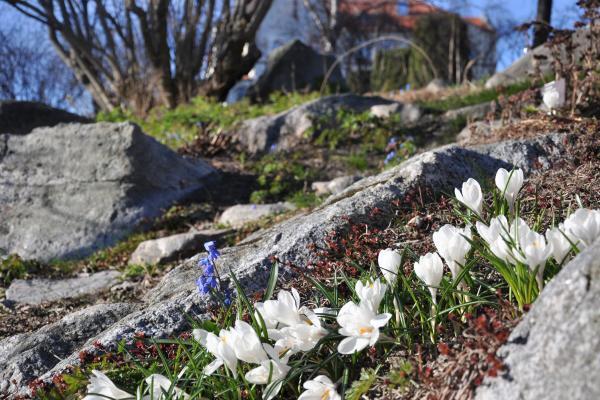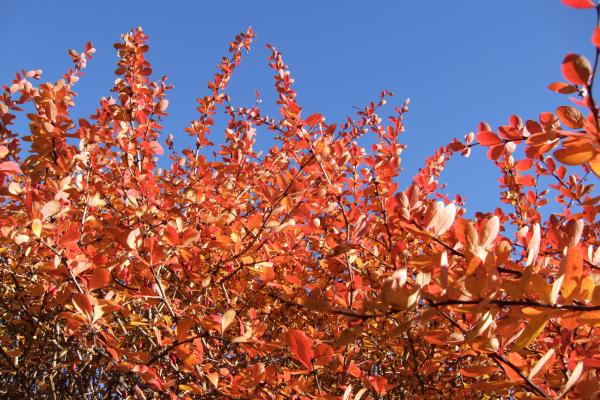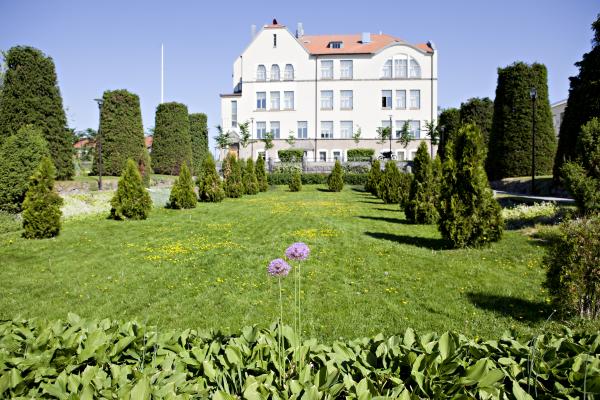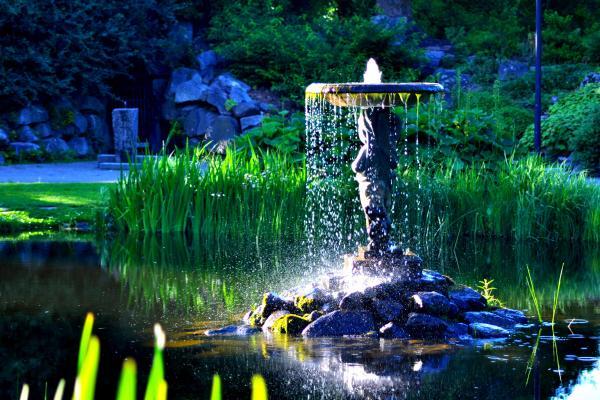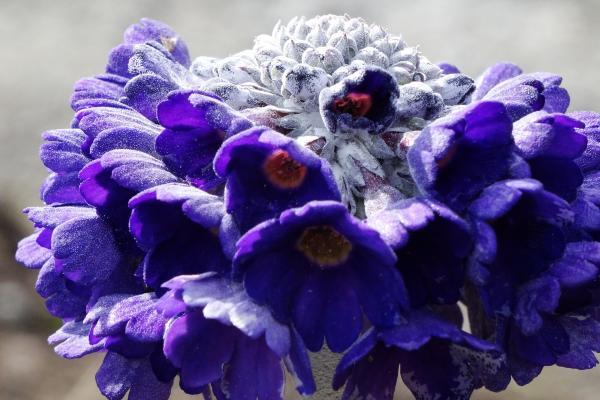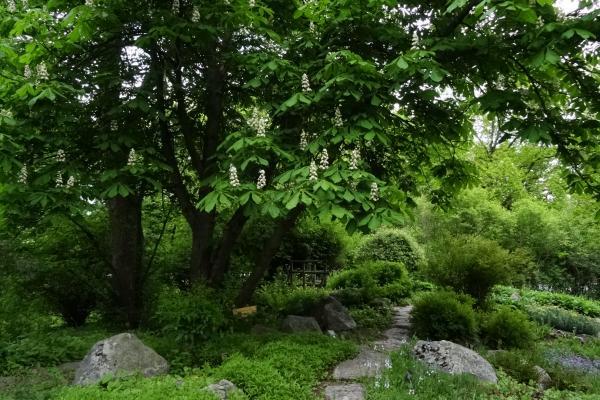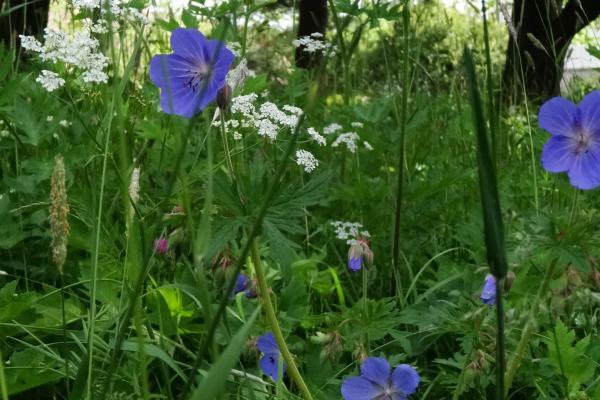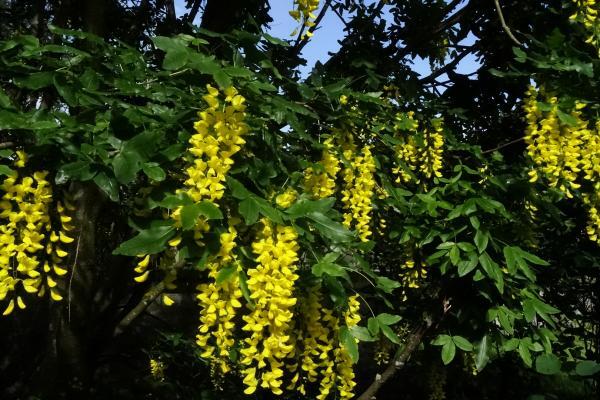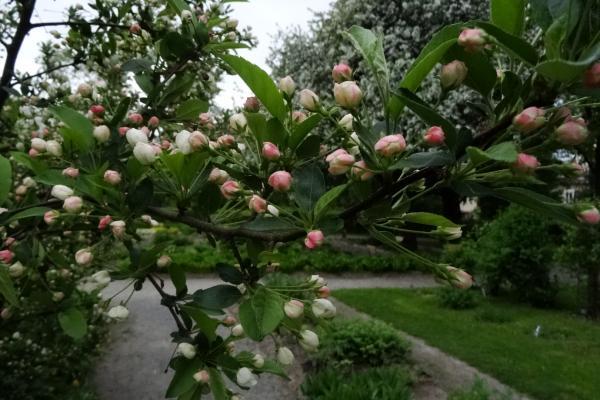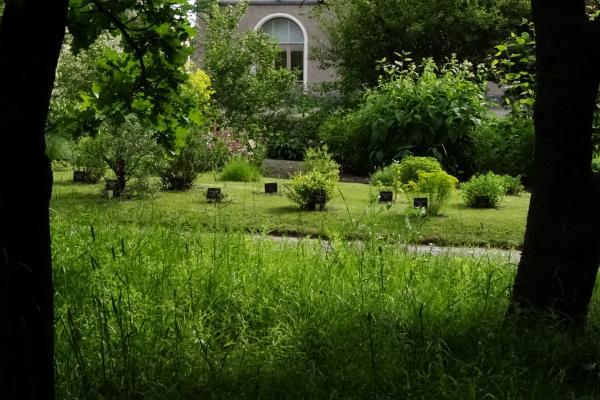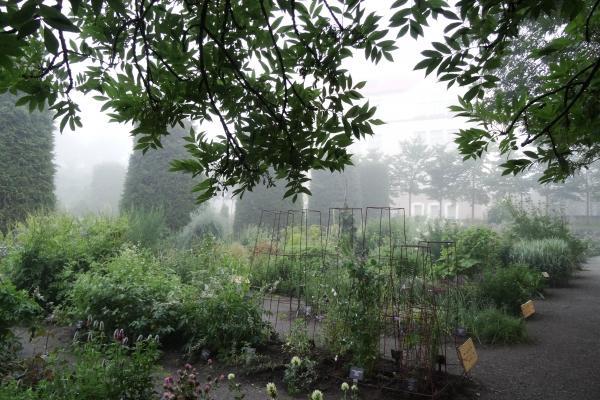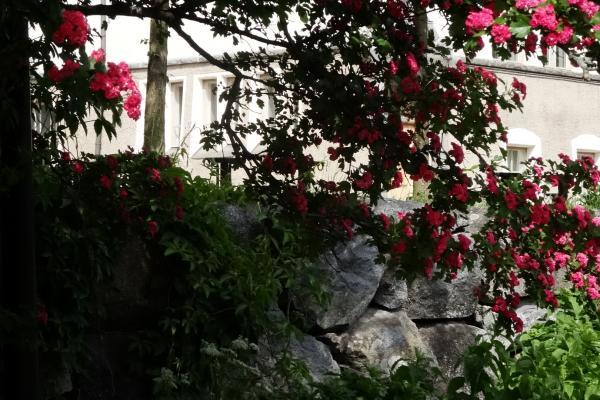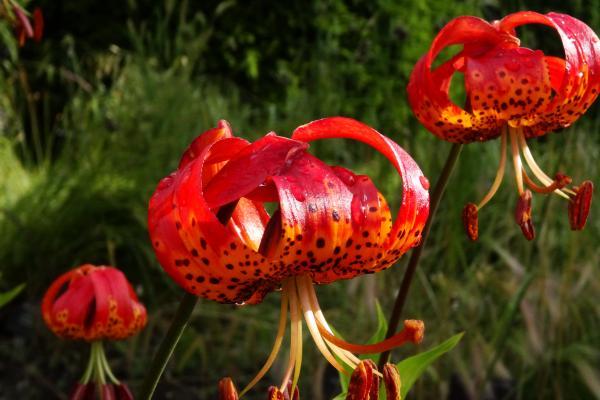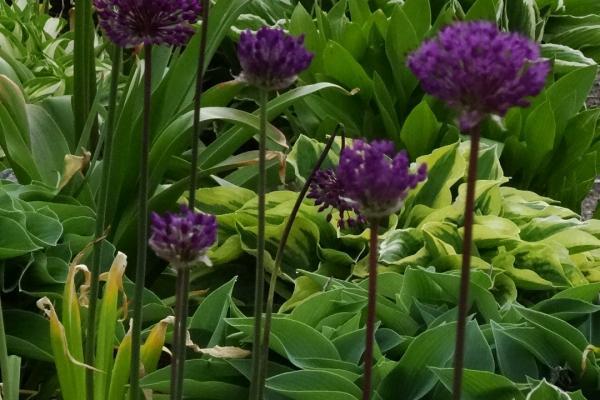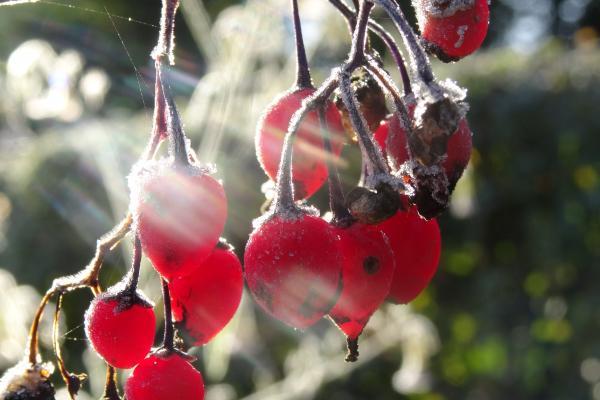Skolträdgården in Jakobstad – An Oasis of Flowers in the North
The Skolträdgården botanical garden attracts visitors to experience the world of plants year-round.
From early May to late autumn the botanical garden, covering approximately 1.35 hectares, offers an exciting possibility to witness the ongoing interplay of flowers with various shapes and colours.
History of the garden
The botanical garden was designed by landscape gardener Bengt Schalin and laid out between 1916–1932. The Schauman family donated the area to the town on the condition that an educational garden would be established in the memory of pharmacist Victor Schauman and his wife Elise, who both were greatly interested in gardening.
The garden’s purpose is to “promote the teaching of botany in the town’s schools, while arousing and nurturing interest in and appreciation of the beauty, wonder and benefits provided by the floral display among the local residents”
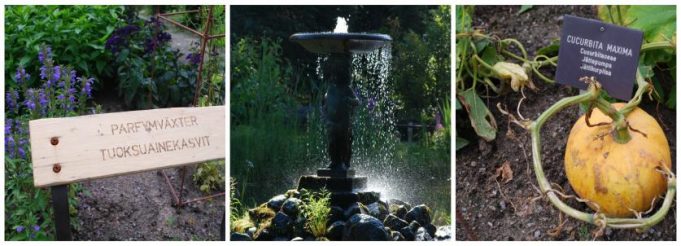
Short introduction
The upper garden represents classic park architecture, where species are strictly divided according to a category and theme. You can see the bust of Victor Schauman, the donor of the garden, next to the entrance to the central square. The square is the heart of the garden, and its formal architecture resembles Louis XIV’s Versailles. The area contains of geometrically shaped sections that are strictly divided into plant families. In the middle of the square stands a sundial.
The lower gardens’ design is more asymmetric and characterised by winding footpaths and green grass areas surrounded by rockeries. Here you will find a babbling mountain brook, a pond with a fountain and goldfish, a small cave hidden in a hill and a rose garden as well as plenty of fine old trees and shrubs.
The outdoor stage and accessibility
A permanent outdoor stage for various events was built in the park in 1992. The stage hosts many major festivities in Jakobstad, such as Jakobs Dagar.
Ramps have been built between the various parts of the park to help disabled people to move freely in the park.

